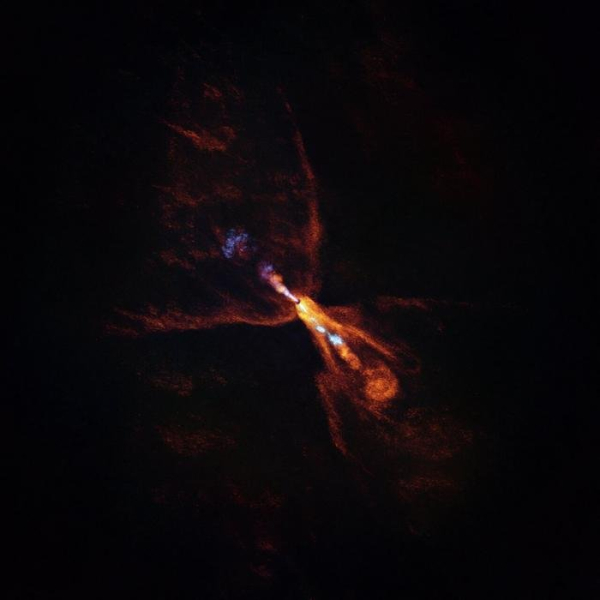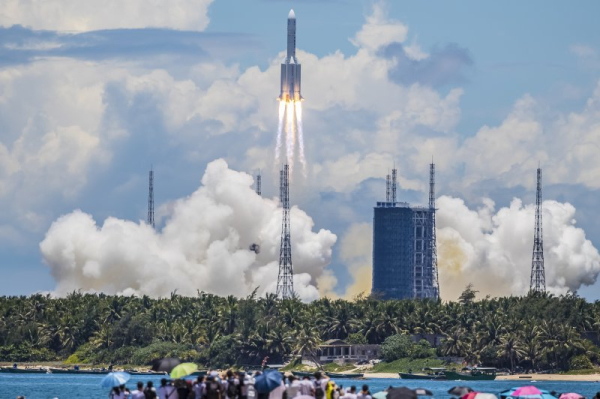
A team of international scientists reported on Wednesday that they had captured the earliest stages of the formation of a planet beyond Earth's orbit.
Researchers from the US, Canada and Europe have observed hot space minerals as they solidify, representing the initial stage of the planet-forming process they witnessed.
“For the first time, we have been able to determine the earliest moment when planets form around a star other than our Sun,” said Melissa McClure, a professor at Leiden University in the Netherlands.
This process was recorded around the young star HOPS-315, which is an analogue of the nascent Sun and is located at a distance of 1,300 light years from Earth.
Scientists have previously observed young disks of gas and dust, known as “protoplanetary disks,” that serve as the birthplace of newly formed Jupiter-like planets, but a recent study has revealed an earlier stage that has never been seen before.
“We've always known that the first rocky planets, or 'planetesimals,' must form much earlier, at earlier stages,” McClure said.
The scientists first identified the minerals using the James Webb Space Telescope, then used the Atacama Large Millimeter/submillimeter Array (ALMA) to determine the sources of the signals.
The results showed that silicon oxide, or SiO, which can condense at the high temperatures present in young planetary disks, can be detected when young stars are in a gaseous state, that is, when they are just beginning to solidify.
“This process has never been seen before in a protoplanetary disk or anywhere outside our solar system,” added University of Michigan professor Edwin Bergin.
Andrew Sukdeo contributed to this report.
Sourse: www.upi.com





